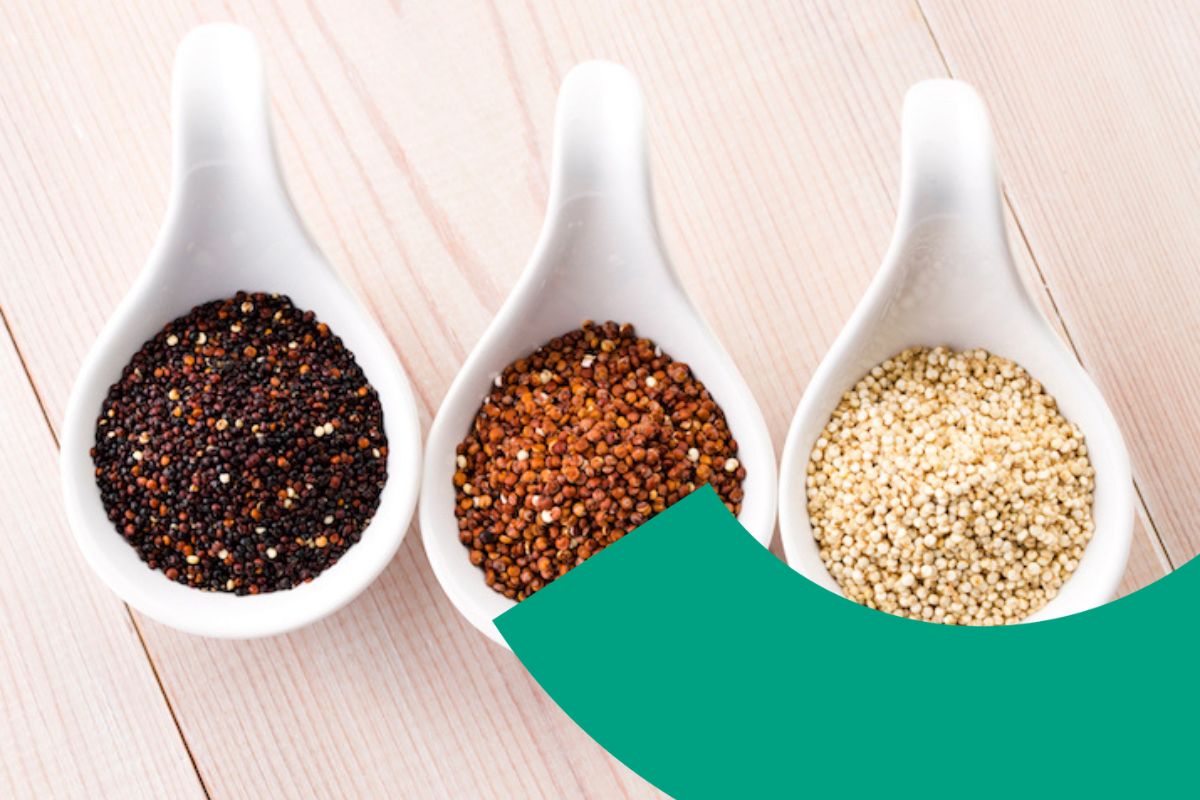There has been a rise in the popularity of ancient grains in recent years, due largely to increased incidences of food sensitivities and the population’s desire to become healthier. In addition to offering a higher amount of nutrients and protein than other grains, ancient grains (also called heritage grains) are delicious in taste and can be added to a variety of meals. Ancient grains and seeds have retained their nutritional value and rich taste in part because they have been relatively untouched by modern plant science. “Grains” such as quinoa, amaranth, teff, spelt and Kamut are called “ancient” because they’ve been around, unchanged, for millennia. While some are truly grains, others, such as quinoa, are actually seeds, but their texture, versatility and nutrition profile are similar grains. Note that Kamut and spelt are not gluten-free, but can be tolerated by some people who are gluten or wheat sensitive.
According to the U.S. Department of Agriculture’s dietary guidelines, at least half of all grains eaten each day should be whole (that is, intact, ground, cracked or flaked). Most of us limit our grains to barley, corn, oats, rice and wheat, but you can add variety to your diet by including some ancient grains, and are definitely worth exploring.
Our guide describes three types of ancient grains, Quinoa, Millet and Kamut, and how to use each one.
Quinoa
Found in the Andes Mountains of Bolivia, Chile, and Peru, quinoa means “mother grain” in Inca. Quinoa is a complete protein (8 g per serving), meaning it has all nine essential amino acids, which have been shown to boost immunity, improve muscle quality, and regulate hormone production. It’s also a great source of fiber and the B vitamins riboflavin, thiamin, and niacin, which help your body metabolize energy. While quinoa is usually considered to be a whole grain, it is actually a seed, but can be prepared like whole grains such as rice or barley. Cooking time is approximately 12-15 minutes, with the ratio of 2 C water per 1 C quinoa.
Millet
Millet is another gluten-free seed with high nutritional value. It is an excellent source of protein and is high in fiber and B vitamins. Millet is also particularly high in magnesium, giving the seed heart-protecting properties. Whole grains like millet have been associated with protection against cardiovascular disease, type 2 diabetes, and some types of cancer, and millet has also been shown to decrease the incidence of stomach ulcers. Cooking time is approximately 25 minutes, with the ratio of 2 C water per 1 C millet (prepares approximately 3 ½ C cooked millet)
Kamut
Kamut is a brand name for an ancient cereal grain that is an excellent alternative to traditional wheat. Kamut is always grown organically. The protein content is significantly higher, with 20 to 40 percent more protein than regular wheat (one half-cup serving supplying six grams of protein for only 140 calories) and it also has a high amount of selenium, giving this grain strong antioxidant properties, which help protect the immune system. Cooking time is approximately 60 minutes, with the ratio of 3 C water per 1 C kamut.

